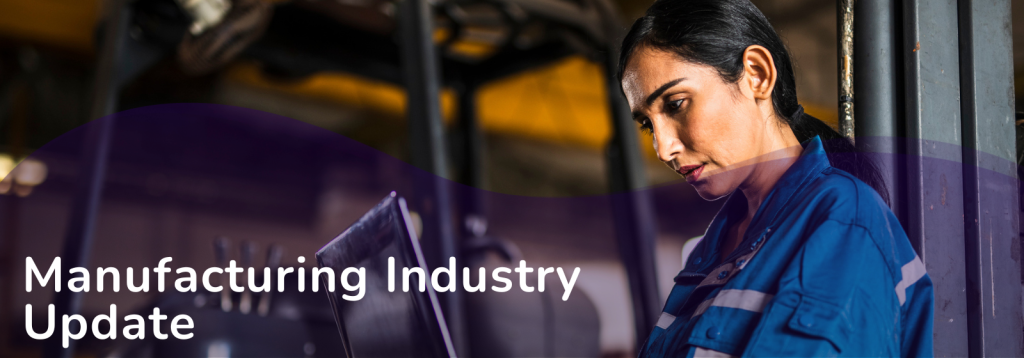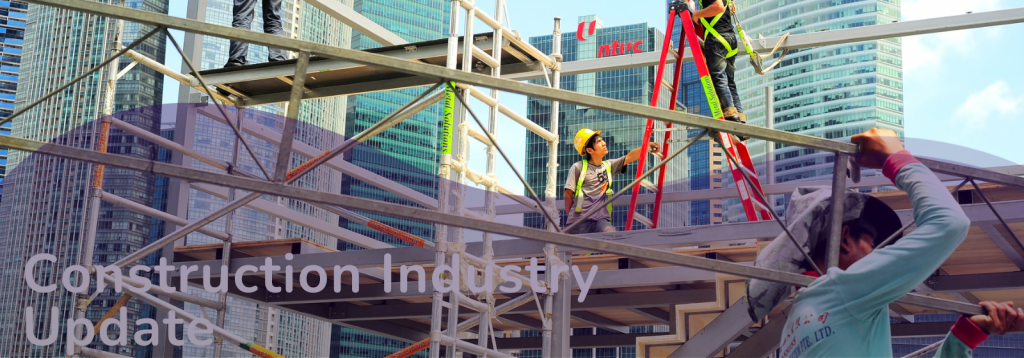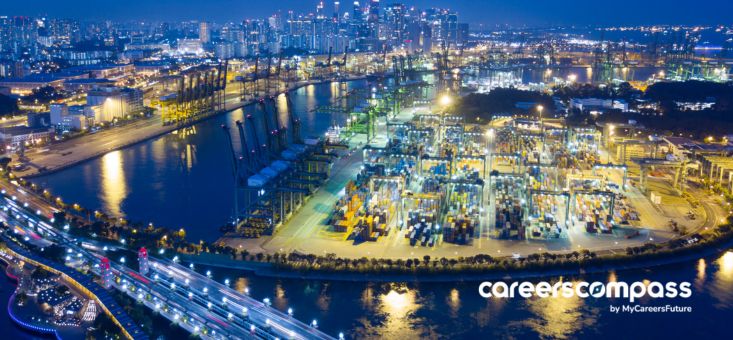First and foremost, the good news- it is not expected that Singapore’s economy will enter a recession, or stagflation in 2023, according to Minister of State for Trade and Industry Alvin Tan.
Stagflation is when the economy slows down, causing a rise in employment, but where inflation and the costs-of-living continue to keep rising.
However, he warned that globally, “significant” challenges remain, according to his responses to Members of Parliament in early July about our economic outlook.
Big-picture wise, the Ministry of Trade and Industry (MTI) released numbers in late July showing that Singapore’s economy grew 4.8% year-on-year in the second quarter of 2022, which builds on the 4% growth regarded in the earlier part of 2022.

How’s Singapore’s manufacturing sector doing in 2022?
The manufacturing sector grew by 8% year-on-year in the second quarter of 2022, similar to the 7.9% earlier in the year. This was supported by growth in all industries, except in the biomedical manufacturing and chemicals clusters.
The electronics and precision engineering sectors continue to record strong numbers, due to continuing global demand for semiconductors and semiconductor equipment.

How’s Singapore’s construction sector doing in 2022?
Momentum sped up in the construction sector in the second quarter of the year, as it grew by 3.8%, faster than the 1.8% growth in the first quarter. This was helped by the relaxation of border restrictions on the inflow of workers, which helped construction activity to pick up.
Overall, the construction sector still remains below pre-pandemic levels due to a lack of workers, with inflow of labour taking time to recover, according to MTI’s report.

How’s Singapore’s services sectors doing in 2022?
Singapore’s wholesale and retail trade, as well as the transport and storage sectors collectively grew by 2.8% year-on-year in Q2 2022. This was, of course, helped by low numbers last year due to Covid-19 restrictions.
The information and communications, finance and insurance and professional services industries showed 4.1% growth year-on-year in the second quarter.
Fast growth was seen by accommodation and food services, real estate, administrative and support services. They grew by 8.2% year-on-year in the second quarter, a jump from the 3.5% earlier in 2022.
Ultimately, the best strategy for Singapore to deal with the current economic outlook is to keep looking forward and making good bets on what will create jobs for our economy.
The Ministry of Trade and Industry will continue to attract investment and build new growth sectors, as Minister Tan concluded in Parliament, saying: “Strong job creation and wage growth are the best ways to combat inflation.”
These statistics for the second quarter of 2022 were released by MTI as an early indication and could be revised when more comprehensive data becomes available.















